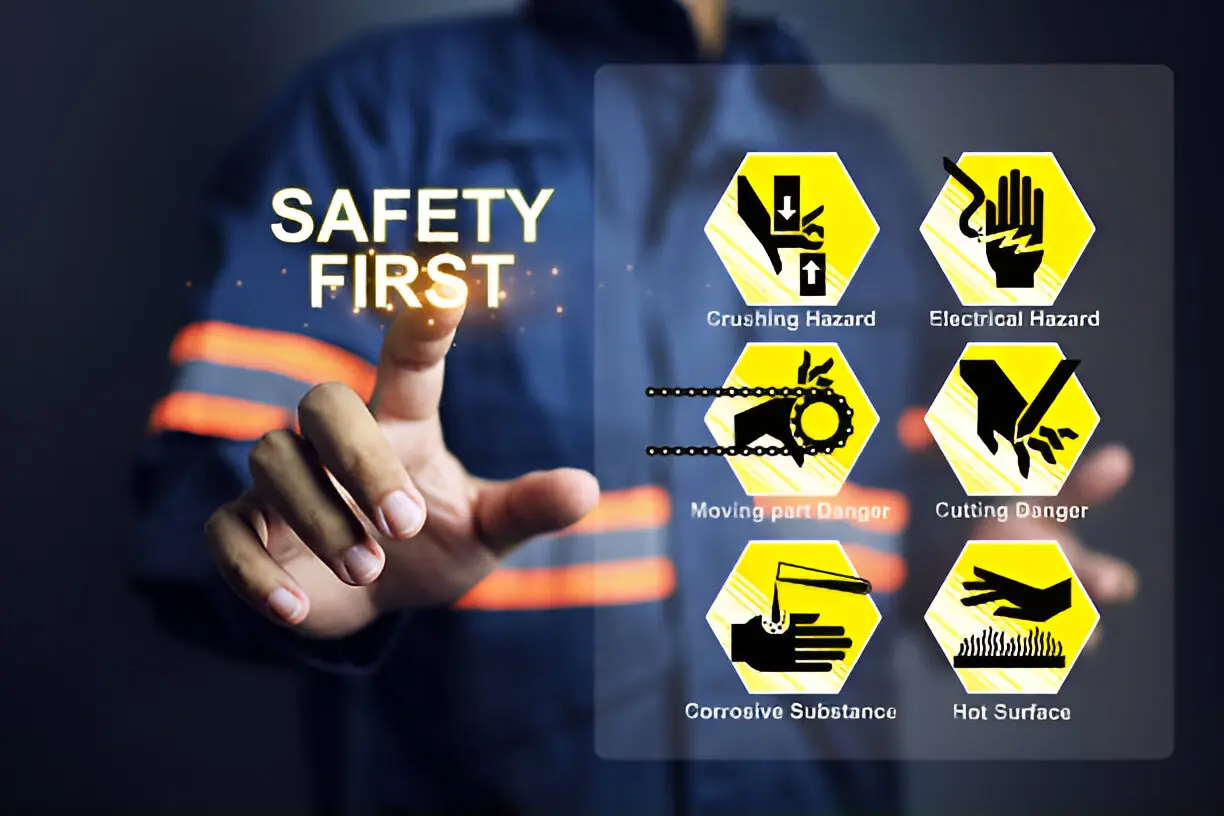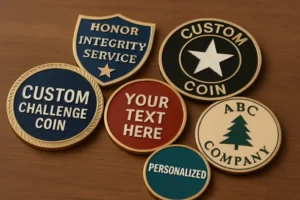Safety training is everywhere. Online platforms. Toolbox talks. Industry updates. It’s easy to sign people up for something, the hard bit is knowing what they actually need.
Each site is different. Each job comes with its own risks. And not all training is created equal.
That’s where health and safety managers step in. It’s not just about ticking boxes. It’s about picking training that speaks to the work people actually do — the tasks, the equipment, the real hazards on the ground.
This guide breaks down how to match the right training with the right risk. From digging near cables to cutting metal on-site, the details matter. And the right training could be the one thing that stops a serious incident before it starts.
1. Start with a Risk-Based Assessment of Your Work Environment
Every decent safety plan starts with a proper look at what’s going on. That means reviewing site activity, checking past incidents, and digging into where near misses are most likely to happen.
What’s being lifted, moved or cut? What equipment’s being used? Where are people working — overhead, underground, in confined spaces?
Not all hazards jump out. Some only appear when things go wrong.
If a job involves digging or breaking ground, for example, there’s a real risk of hitting buried services — electric, gas, water, fibre. And that’s not just a downtime issue. It can lead to serious injury, or worse.
That’s where an Underground services training certificate comes in. It shows that the person doing the job has been trained to plan properly, read utility drawings, and use cable avoidance tools the right way. It’s more than just box-ticking, it’s about avoiding the kind of mistakes that shut down sites and land companies in court.
HSE’s guidance on this is clear. HSG47 sets the expectation that risks from buried services are assessed, and that staff are competent to work safely around them. That competence often starts with proper certification.
It’s not about training everyone in everything. It’s about training the right people in the right areas, based on what they actually face each day.
2. Match Training Content with Job Roles and Exposure Levels
Not everyone on-site needs the same level of detail. That’s where a lot of training plans fall short — they throw the same module at the whole team and hope it sticks.
But a site manager, a groundworker, and a delivery driver all face different risks. Their training should reflect that.
Think about exposure. Who’s using machinery daily? Who’s handling chemicals? Who’s working in public areas or high-traffic zones? These details matter.
Tailoring training makes it stick. People pay more attention when the examples feel familiar, when the risks sound like their day job. When the language fits their environment.
It also saves time. There’s no need to put admin staff through hours of manual handling content meant for warehouse teams. Or to give detailed hot work content to people who’ll never pick up a grinder.
Start by splitting people into groups — by task, by risk level, or by location. Then match the training to what they need to know. Not more, not less.
3. Consider Legal Duties, Accreditation and Recognised Standards
Some training is nice to have. Other training is required by law.
That’s where knowing the difference becomes important. The Health and Safety at Work etc. Act 1974 puts the duty on employers to protect staff. That includes making sure they’re trained — and that they’re trained in something suitable and sufficient for the work.
Then there are the Construction (Design and Management) Regulations. These spell out duties for high-risk activities, and expect those doing the work to be competent. That’s where recognised certification matters.
Look for courses approved by organisations like CITB, IOSH or NPORS. These carry weight. They also help when an auditor asks what you’ve got in place, or when a client needs to see proof that your workers are properly trained.
It’s not about chasing logos. It’s about showing due diligence that the training matches the risk. That it’s up to date. That it’s industry-recognised.
If something does go wrong, this is what shows you took reasonable steps.
4. Verify Practical Relevance, Accessibility and Delivery Format
The best training in the world is useless if it doesn’t land with the people who need it.
That’s why format matters. Some teams need hands-on, in-person sessions. Others do better with flexible online modules that they can work through at their own pace. Some sites suit blended options — a bit of both.
Think about timing, too. Can it fit into a shift? Will people need release time? Is it available in a format that works on mobile or in low-connectivity areas?
And don’t forget the location. A practical training session makes more sense if it’s done near the task itself, where examples are real and familiar.
If the goal is safer behaviour, then the training needs to feel useful. It needs to sound right. Look right. And be delivered in a way that fits the rhythm of the work.
5. Choose Training That Matches Real Risks on the Ground
Some roles come with fire risk built in. Cutting. Welding. Soldering. Grinding. It’s easy to assume people already know what they’re doing — until something goes wrong.
Hot works are a leading cause of fires on construction and industrial sites. And it’s not just the flame. Sparks. Heat. Poor ventilation. A missing fire watch. All of these can set off a chain of events that lead to major damage.
That’s why practical, risk-specific training is key.
A good hot works certification doesn’t just cover the basics. It explains how accidents occur, risk control measures that must be in place and what to do in an emergency.
This kind of training gives site managers peace of mind. It also reassures insurers. Many now expect formal controls and records to be in place whenever hot works are carried out. That means documented permits, trained workers, and proof that procedures are being followed, not guessed.
It’s not about red tape. It’s about reducing risk and making sure the people doing the job know how to protect themselves and everyone else around them.
6. Keep Training Visible, Measurable and Up to Date
Once training’s done, it’s easy for it to fade into the background. That’s where mistakes creep in.
People forget. Shortcuts become habits. New joiners don’t get the same message. That’s why tracking and follow-up matter.
Health and safety managers should keep a clear log of who’s been trained, when, and on what. Set reminders for refreshers. Use quick toolbox talks or mini sessions to reinforce key topics on-site. Link them to the actual work going on that week.
And if a near miss or safety concern pops up? Use it. Turn it into a lesson. Update the training or bring the team together for a reset.
Training isn’t a one-off event. It’s a cycle. When people see it’s part of everyday work, not just something to get out of the way, it sticks.
Also Read-Boost Your Business Visibility with Mobile Advertising








